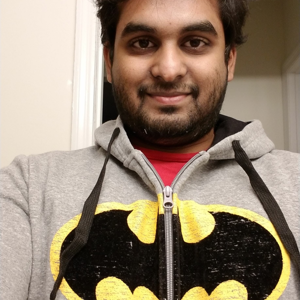Hi @siddharth bansal , Greetings! Thank you for posting the question. I would like to share additional information on the terms Quotas and Throttling. Quota is the aggregate number of messages you can send in your hub per day. cloud-to-device and device-to-cloud throttles determine the maximum rate at which you can send messages -- number of messages irrespective of 4 KB chunks. D2C messages can be up to 256 KB; C2D messages can be up to 64 KB. These are the [maximum message sizes] for each type of message.
The throttle limits stated in the article you shared are per IoT Hub (includes all devices) and not per device. Please note that even though the messages are throttled at a higher rate, the actual sustained rate at which the IoT Hub can process data is different. Refer the below image for more information.
The rate 100 send operations per second is the throttling limit IoT Hub uses to accommodate burst traffic and is intended to prevent abuse. Once the throttling rate is met, the IoT Hub processes the first few of these requests are immediately. However, if the number of requests continues to violate the throttle, IoT Hub starts placing the requests in a queue and requests are processed at the limit rate. This effect is called traffic shaping. Furthermore, the size of this queue is limited. If the throttle violation continues, eventually the queue fills up, and IoT Hub starts rejecting requests with 429 ThrottlingException.
what is the ideal minimum device to cloud frequency for each iot device to iot hub in S1 tier ?
It is hard to tell the ideal minimum rate per device at it depends on the total devices you have and the rate at which you are sending messages to IoT Hub. Perhaps you can set a high transfer rate for devices that have a critical business need and accommodate the other devices rate to ensure you do not go over the quota limits. Please refer the resource Choose the right IoT Hub tier for your solution to determine the correct IoT Hub tier for your messaging needs.
There is also a solution that can be implemented to auto scale your IoT Hub. Please refer the steps shared in the following article to do so - Auto-scale your Azure IoT Hub
Please let us know if you need any further clarification or have any follow up questions. We would be glad to address them for you.
- Kindly accept answer or upvote if the response is helpful so that it would benefit other community members facing the same issue.
- Original posters help the community find answers faster by identifying the correct answer. Here is [how][5]
- I highly appreciate your contribution to the community
